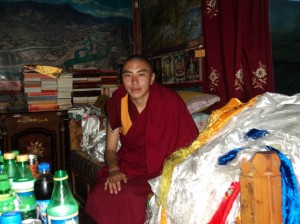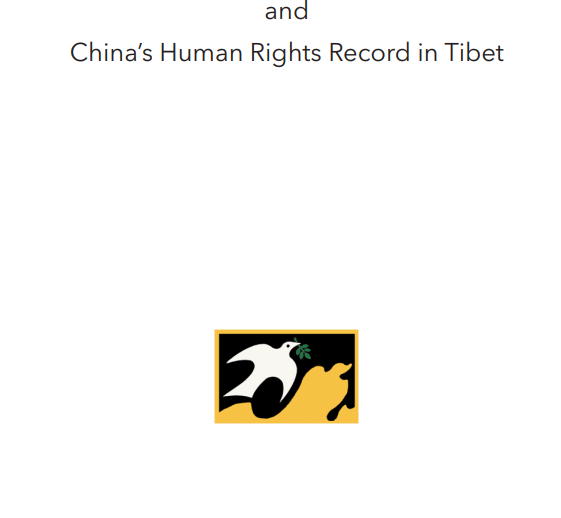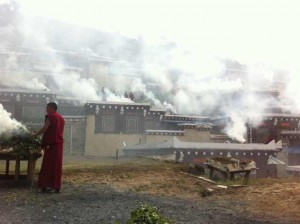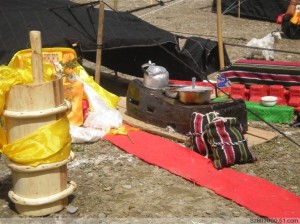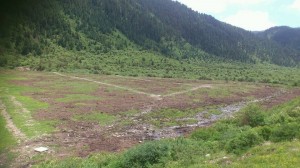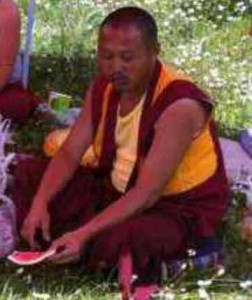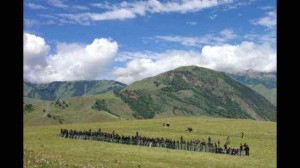
A Tibetan monk, Kunchok Sonam, 18, died after setting himself on fire to protest China’s repressive policy in Dzoege (Ch: Ru’ergai) County in Ngaba (Ch: Aba) Tibetan and Qiang Autonomous Prefecture, Sichuan Province, in the Tibetan province of Amdo.
According to information received by TCHRD, on the morning of 20 July, Kunchok Sonam, a monk at Tashi Thekchokling Monastery in Dzoege County set himself alight and died shortly. Sources say the young monk had just finished his morning prayers and was on his way out of the monastery when he burned himself up in protest at around 8.30 am.
Sources quote eyewitness accounts as saying that some fellow monks saw Kunchok Sonam on fire with both his hands clasped in a praying gesture. No one could make out the slogans he were shouting due to the strong flames. As soon as he fell on the ground, monks went near him but he had already died with his hands still folded in a praying gesture.

